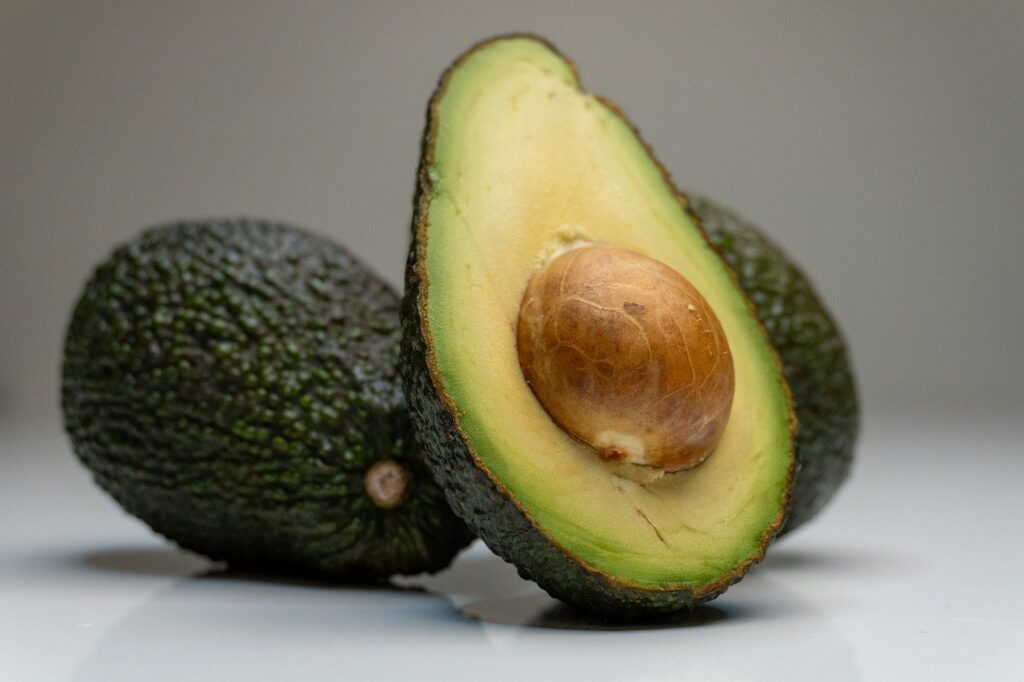this excerpt is an example of how contributes to the catastrophe in romeo and juliet
Excerpts matter not in isolation, but in the way they make the ending inevitable. Strong analysis ties them to the moment when hope, agency, and alternatives shrink.
1. Tybalt Kills Mercutio, Romeo Kills Tybalt
“Tybalt, you ratcatcher, will you walk?”
Mercutio’s challenge and death escalate the feud; Romeo’s retaliatory murder seals his fate—banishment.
Contribution: This excerpt is an example of how contributes to the catastrophe in romeo and juliet. Romeo’s exile splits him from Juliet, forcing secrecy and desperate improvisation. With each choice, possibilities close.
2. Juliet’s Threat in Friar Laurence’s Cell
“If in thy wisdom thou canst give no help, / Do thou but call my resolution wise, / And with this knife I’ll help it presently.”
Juliet’s suicidal threat forces Friar Laurence into the potion scheme.
Contribution: This excerpt is an example of how contributes to the catastrophe in romeo and juliet. Rather than slow negotiation or appeal to parents, the stakes are pushed to lifeordeath—Juliet now depends on secrecy and perfect execution.
3. Capulet’s Demand
“But fettle your fine joints ‘gainst Thursday next, / To go with Paris to Saint Peter’s Church, / Or I will drag thee on a hurdle thither.”
Capulet’s sudden, harsh command leaves Juliet no time or agency to reconcile with her parents or seek advice.
Contribution: This excerpt is an example of how contributes to the catastrophe in romeo and juliet. Juliet is boxed in—forced to act in haste and isolation.
4. Friar Laurence’s Letter Fails to Arrive
“Unhappy fortune! … The letter was not nice but full of charge, / Of dear import, and the neglecting it / May do much danger.”
The Friar’s plan depends on a letter that is detained by quarantine and never reaches Romeo.
Contribution: This excerpt is an example of how contributes to the catastrophe in romeo and juliet. Romeo, fatally misinformed, acts on grief rather than knowledge.
5. Romeo’s Final Monologue and Suicide
“Here’s to my love! O true apothecary! / Thy drugs are quick. Thus with a kiss I die.”
Romeo, convinced Juliet is dead, kills himself moments before she wakes.
Contribution: This excerpt is an example of how contributes to the catastrophe in romeo and juliet. Haste and misinformation seal the play’s end.
Structural Discipline: The Cumulative Chain
Shakespeare’s mastery is that the catastrophe is stepwise:
Impulse: Quick violence and forbidden love. Secrecy: Lovers, Nurse, and Friar all avoid the open confrontation that could broker peace. Timing: Every moment is just too late, each message or intervention off by hours or feet. Pride and Rivalry: Neither family surrenders ground until too late.
Use the prompt—this excerpt is an example of how contributes to the catastrophe in romeo and juliet—to show the chain, not just a single broken link.
Tips for Strong Analysis
When writing or speaking:
Quote directly or paraphrase with textual logic. Map effect: From the excerpt, show how the situation narrows or stakes increase. Address alternatives lost—what options are gone after this? Cite any foreshadowing that worsens impact (showing how one error doubles back in a later act).
Thematic Lessons
Tragedy as cumulative: Not a lightning strike, but a storm built from small, sustained winds. Discipline as survival: Lacking restraint, secrecy, and overconfidence multiply danger. Fate is built by character: Individual choices enforce prophecy’s pull, not fate alone.
Strong essays using “this excerpt is an example of how contributes to the catastrophe in romeo and juliet” focus on causal logic, not just plot summary.
Final Thoughts
In “Romeo and Juliet,” disaster grows with each action and inaction. Every excerpt is not just text but evidence—a step closer to the final tomb. When prompted, treat the play as a system: discipline your analysis, trace connections, and know that true tragedy is never the product of a single moment. This excerpt is an example of how contributes to the catastrophe in romeo and juliet—prove it, step by step.
